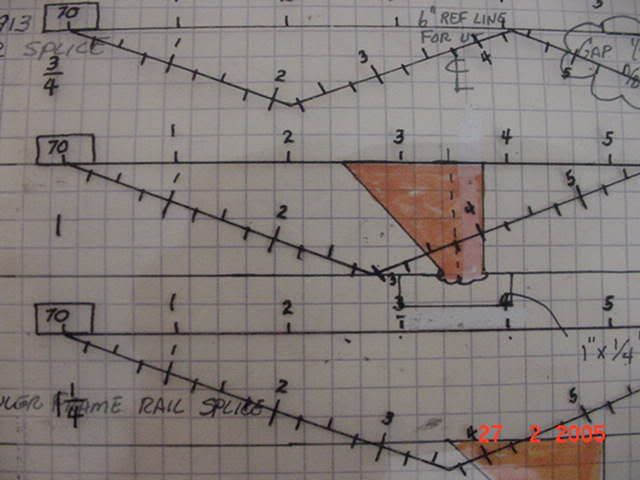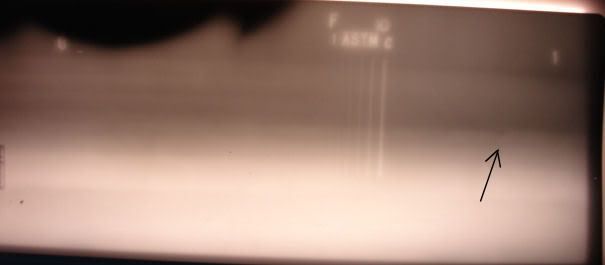Good evening thirdeye,
First I need to clarify; I am not arguing in a negative sense, its as much refreshing my memory on theory I haven't run through my head in a few years so please indulge me for the moment. It's not meant in a negative light.
From strictly a ug stand point, you are spot on in regards to indication ug. However, the ug calculation doesn't take into account the amount of internal x,y,z scatter. while it may be on the back side of the shot, at that thickness, it will be coming from all directions. This is inherent due to
the energy variations in IR192. 206-612 kVp according to ISO 5579. That translates to multiple wavelengths, and different attenuation rates
for the same reason. (which vary depending on what side of the fence you land on in respect to Planck or Maxwell ) Compton scattering will produce 58 degrees theta, and -38 phi on the upper end and on the lower end the same theta, but a -52 phi. The higher energy 612 will be the shorter wavelength/more energetic photon and penetrate further before scattering inversely so with the longer wavelength. (stretching out one to many dusty braincells on this one) This if I recollect will lead to photoelectric effect and incoherent/coherent attenuation (the math of which escapes me at the moment) The end result is only the higher energy photons will make it to the back side of the weld in question. Their impingement angle will be affected by Compton scattering at the angles listed above without respect to the flaw in question except in the lessening of material inherent in the flaw. Those impingement angles due to the Compton scattering will play havoc with the resulting image as those angles are further bent until the photoelectric kicks in and in effect giving you nearly all axis scatter. It's those effects that are not accounted for by standard ug calcs and why the specific material and steel minimum and maximum recommendations/requirements are made in various codes. You can calculate the flaw ug but at this thickness, that's the least of the worries with Ir192.
Therein is the limit of my understanding on the matter, if someone else has further information I missed please feel free to post.
That information for whatever it's worth.


